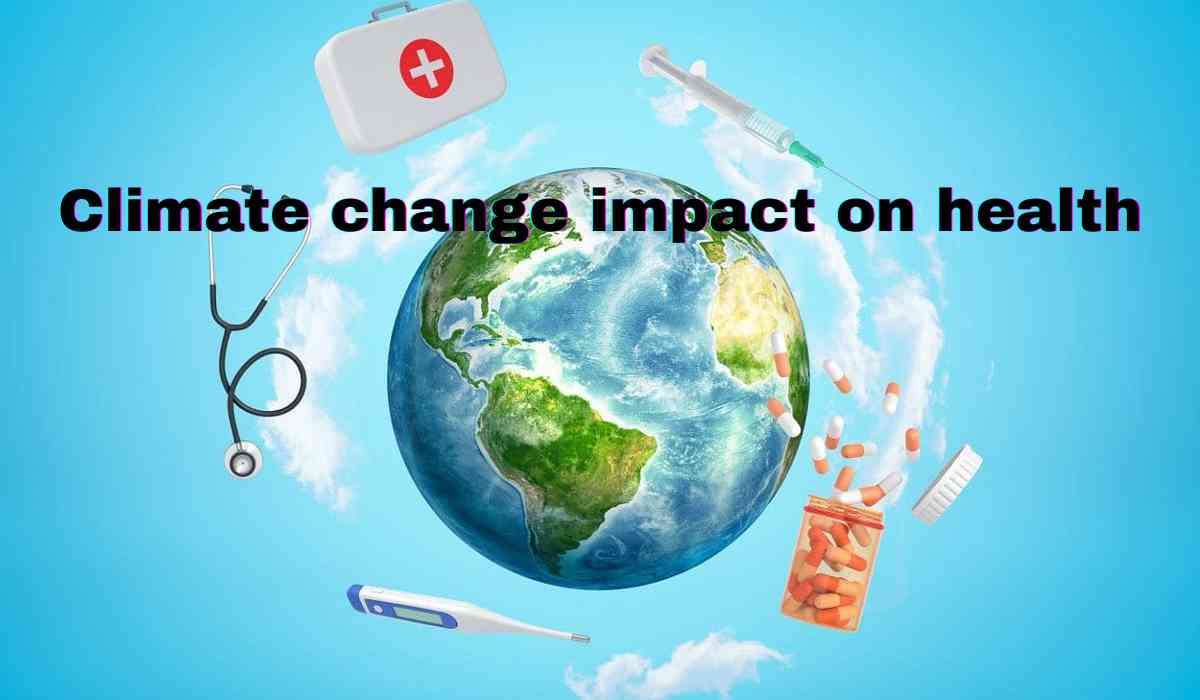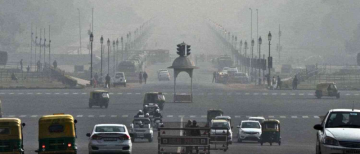The climate crisis is no longer a distant threat—it is here, and it’s deeply intertwined with our health. From scorching heatwaves to deadly floods, the environmental changes driven by climate change are impacting human health in ways that are both immediate and profound. As temperatures rise, storms intensify, and ecosystems are pushed to the brink, the consequences are felt globally. What's more, these effects disproportionately harm vulnerable populations, exacerbating existing health disparities.
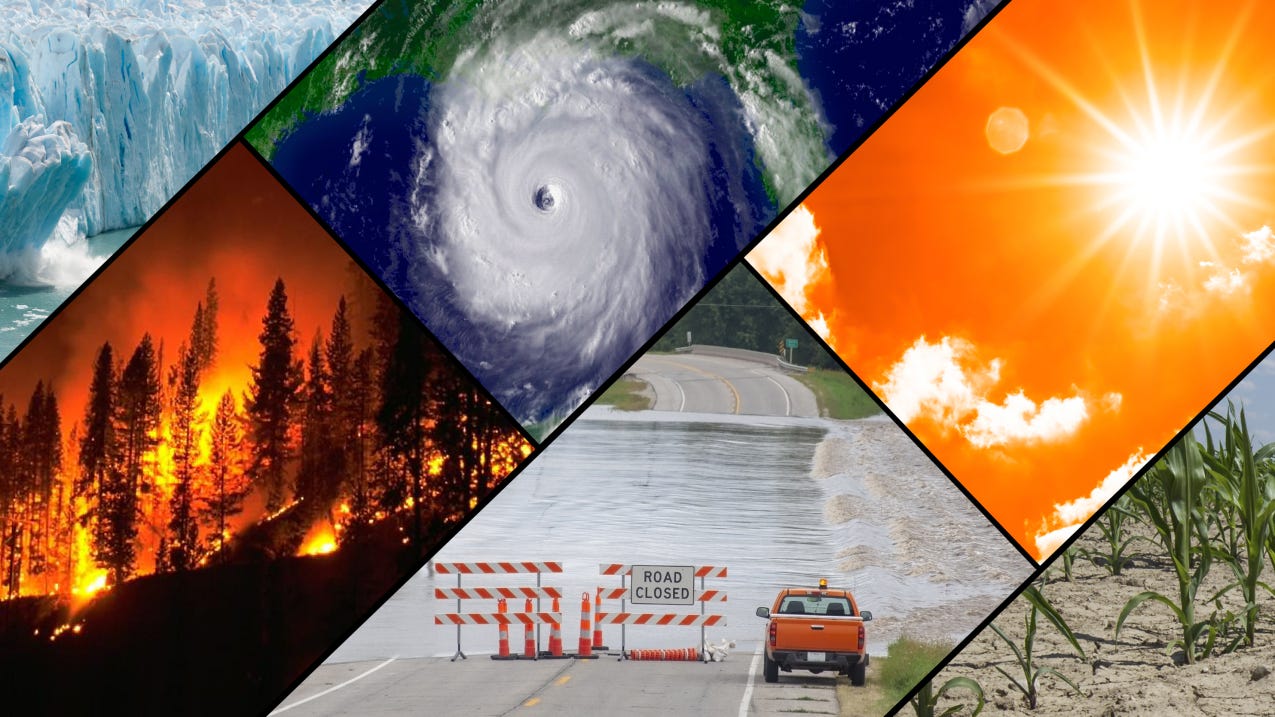
The Urgent Link Between Climate Change and Health
The effects of climate change on public health are multifaceted, reaching beyond just environmental concerns. As extreme weather events increase, ecosystems become destabilized, and communities face growing risks, the health of individuals—particularly in vulnerable regions—is under direct threat. The rise in extreme weather events, such as hurricanes, floods, and wildfires, can lead to fatalities, disease spread, and long-term psychological distress. At the same time, these events strain healthcare infrastructure and disrupt access to critical services.
This interconnected crisis worsens social and economic inequalities, particularly for marginalized communities. Those least able to adapt to these changes—such as the elderly, low-income populations, or people living in remote areas—are often the first to feel the effects, perpetuating a vicious cycle of health inequities.
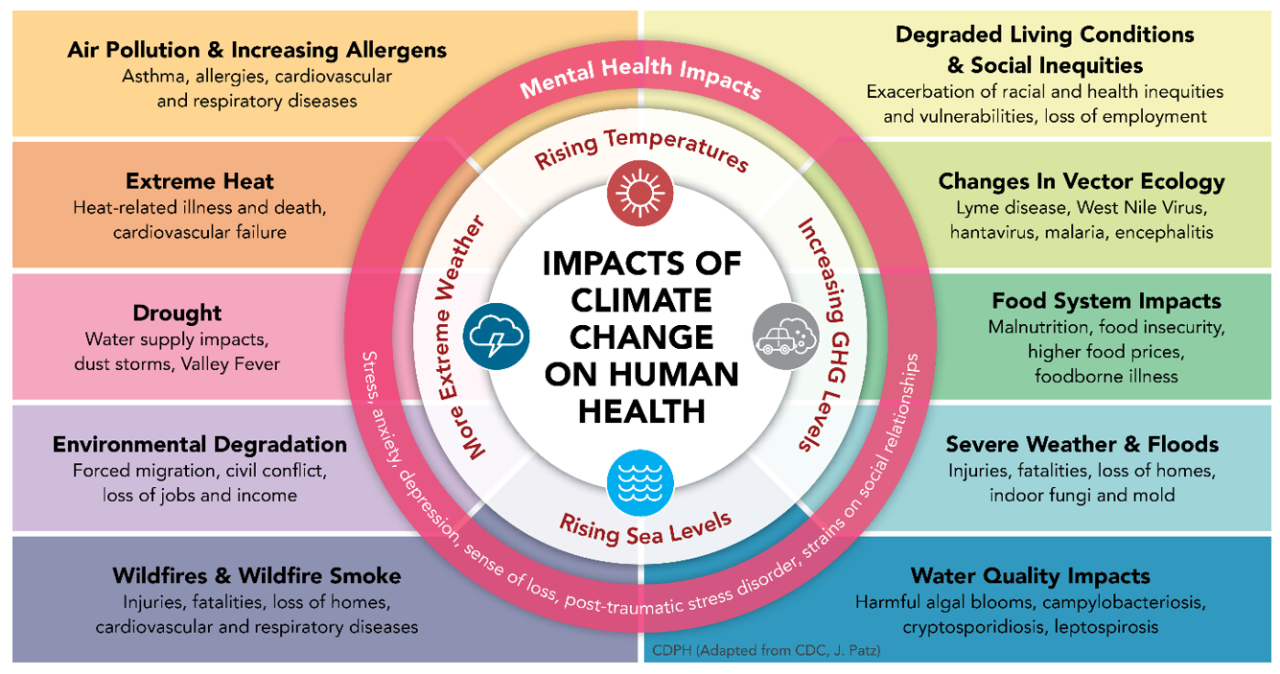
How Climate Change Impacts Health: Key Areas of Concern
Climate change affects several dimensions of health, from physical diseases to psychological impacts. Below are some of the key areas in which climate change directly threatens human health.
1. Extreme Weather Events: A Silent Killer
-
Fatalities from Extreme Weather: Severe weather events are one of the most immediate and devastating consequences of climate change. Over the past few decades, storms, floods, and landslides have caused over 2 million deaths worldwide, with the majority occurring in low- and middle-income countries. These events are becoming more frequent, intense, and deadly.
-
Increased Health Risks: The effects go beyond physical harm. Extreme weather events strain health systems, disrupt medical services, damage infrastructure, and hinder access to healthcare, especially in remote areas where systems are already fragile. During these events, the demand for healthcare increases while the ability to provide it diminishes, exacerbating health outcomes.
2. The Heat Is On: Rising Temperatures and Heatwaves
-
Health Impacts of Heatwaves: Extreme heat is one of the most deadly impacts of climate change. In 2023, nearly 50,000 lives were lost in Europe due to heatwaves. The situation is expected to worsen, with an estimated 2 billion people facing severe heat conditions by 2100. South and Southeast Asia are particularly vulnerable, with wet-bulb temperatures posing a significant health risk.
-
Increased Wildfire Risks: Heatwaves don’t just kill directly—they also exacerbate other issues, such as wildfires. Longer wildfire seasons are becoming longer and more intense, doubling in magnitude over the past 20 years, further threatening health through smoke inhalation, injuries, and mental distress.
3. Infectious Diseases: A Growing Threat
Climate change is expanding the geographical range of many infectious diseases. Warmer temperatures and changing rainfall patterns provide ideal breeding grounds for disease-carrying vectors like mosquitoes and ticks. As a result, diseases such as malaria, dengue, Zika, and chikungunya are spreading to new regions. By 2040, malaria alone could put 5 billion people at risk.
-
Waterborne Diseases: Flooding and extreme weather events increase the spread of waterborne diseases like cholera, which thrive in contaminated water sources.
-
Zoonotic Diseases: Environmental changes driven by deforestation and urbanization bring humans into closer contact with animals, increasing the risk of pandemic, such as COVID-19.
4. Food Security: A Crisis in the Making
-
The Impact on Food Supply: Climate change is already disrupting food systems. Extreme heat, drought, and shifting seasons have placed immense pressure on global food production. In 2020, an estimated 98 million people faced moderate to severe food insecurity, largely due to the extreme weather events triggered by climate change.
-
Health Consequences: Malnutrition and hunger due to food shortages, especially in developing regions, have long-term impacts on physical and cognitive development, increasing susceptibility to diseases and lowering immunity. Farmers are particularly vulnerable to these changes. Crop yields are declining due to changing precipitation patterns, and droughts are reducing water supplies for irrigation. Furthermore, farmworkers are at risk of heat-related health issues, such as exhaustion, heatstroke, and heart attacks. The agricultural system itself is under strain, impacting food security and nutritional health across the globe.
5. Water Security: A Precious Resource at Risk
-
The Impact of water: Climate change is altering global water patterns, exacerbating both drought and flooding. The increasing frequency of heavy rainfall events and the rising temperatures contributing to drought create significant challenges for water resources. In regions dependent on snowpacks for fresh water, such as the Western United States, warmer temperatures are reducing snowmelt and shortening the reliability of this water source.
-
Health Consequences: Flooding poses another risk, not only damaging infrastructure but also leading to the spread of waterborne diseases. With changing precipitation patterns, certain areas now face frequent and severe flooding, putting both human lives and ecosystems at risk.
6. Air Pollution: Breathing the Consequences
The primary driver of climate change—fossil fuel burning—also results in devastating air pollution. The WHO reports that 99% of the world’s population breathes air that is unsafe, contributing to a variety of chronic diseases. Air pollution is responsible for approximately 6.7 million deaths annually, leading to conditions such as cancers, heart disease, respiratory illnesses, and neurological disorders like dementia.
-
Chronic Health Conditions: The WHO reports that 99% of the world’s population breathes air that is unsafe, contributing to a variety of chronic diseases. Air pollution is responsible for approximately 6.7 million deaths annually, leading to conditions such as cancers, heart disease, respiratory illnesses, and neurological disorders like dementia. The World Health Organization (WHO) estimates that air pollution causes approximately 6.7 million deaths annually.
-
Vulnerable Populations: The global health implications are severe, especially in low- and middle-income countries, where 90% of premature deaths due to air pollution occur. Reducing air pollution could save millions of lives and prevent billions of dollars in healthcare costs.
7. Mental Health: The Invisible Toll
The mental health impacts of climate change are often overlooked but are increasingly significant. Whether due to trauma from natural disasters, distress over food and water shortages, or the overwhelming fear of an uncertain future, climate change is taking a toll on mental health globally.
Terms like "climate anxiety" and "eco-stress" have emerged, particularly among young people who are concerned about the long-term future. The mental health burden is predicted to rise, with the additional cost of climate-induced mental disorders estimated to reach almost $47 billion annually by 2030.

The Vicious Cycle of Inequality: Marginalized Communities at Risk
Climate change is not felt equally across societies. Vulnerable populations—such as women, children, the elderly, people with disabilities, and those living in poverty—are disproportionately affected. These groups often have limited access to healthcare, safe housing, or resources like air conditioning, making them more susceptible to climate-related health impacts.
-
Health Inequities: People with disabilities are up to four times more likely to die in disasters. Women and children, particularly girls, face specific health risks from extreme heat, malnutrition, and disease outbreaks.
-
Displacement and Conflict: Climate change is expected to push up to 132 million people into extreme poverty by 2030, with millions more forced to migrate due to rising sea levels and disasters. This displacement often strains health systems and increases the risk of conflict and human rights violations.
The most vulnerable communities face a vicious cycle where climate change exacerbates existing inequalities, making it harder for them to recover and adapt to the health threats they face.
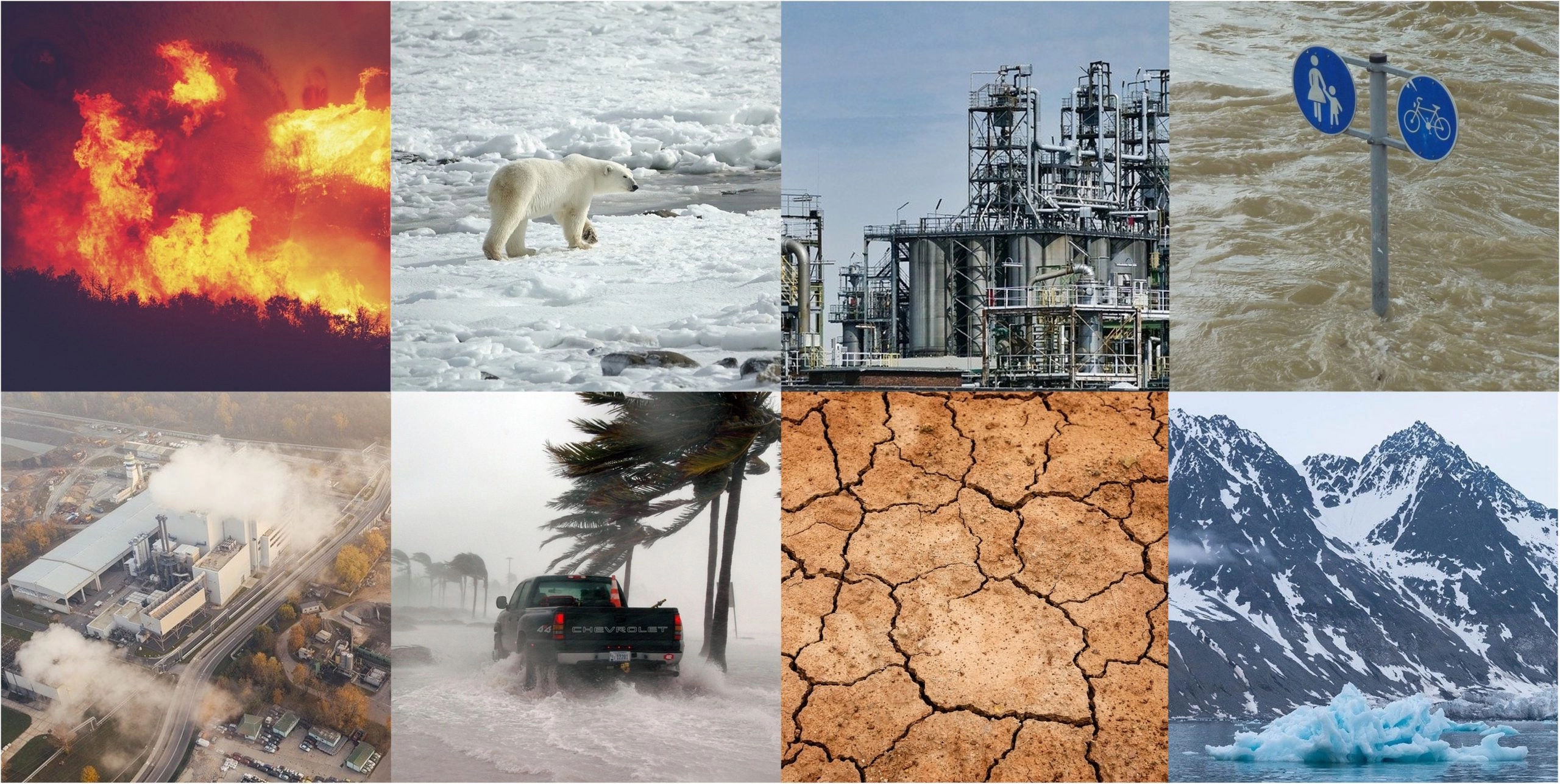
Mitigating the Health Impacts of Climate Change: What Needs to Be Done
There is still time to mitigate the worst health outcomes of climate change. However, this requires urgent action on a global scale to integrate climate change and health policies and invest in resilient healthcare systems.
1. Integrating Climate and Health Policies
Countries must ensure that climate policies explicitly address health outcomes. The COP28 Declaration on Climate and Health, endorsed by 148 countries, emphasizes the need to integrate health into national climate strategies. Only 32% of current Nationally Determined Contributions (NDCs) mention health considerations, indicating a significant gap in policy integration.
2. Building Resilient Health Systems
To cope with the health impacts of climate change, health systems must become more resilient. This means:
-
Climate-Informed Surveillance: Integrating climate and weather data into health surveillance systems to monitor diseases that are sensitive to climate patterns.
-
Training Health Workers: Ensuring healthcare workers are trained in climate-related health issues.
-
Climate-Proofing Healthcare Infrastructure: Making healthcare facilities more resilient to extreme weather events, ensuring continuity of care.
3. Greening the Health Sector
The healthcare sector itself contributes significantly to global emissions. By shifting to renewable energy, improving waste management, and enhancing energy efficiency, the sector can reduce its carbon footprint while improving health outcomes. A growing number of countries are committing to achieving net-zero carbon emissions from their health systems by 2050.
4. Addressing the Social Determinants of Health
Finally, reducing climate-related health disparities requires addressing the root causes of inequality. This includes focusing on the social determinants of health such as income, education, food security, housing, and access to healthcare. Targeted actions to support vulnerable populations—especially those most at risk of climate-induced harm—are crucial for creating a just and equitable future.
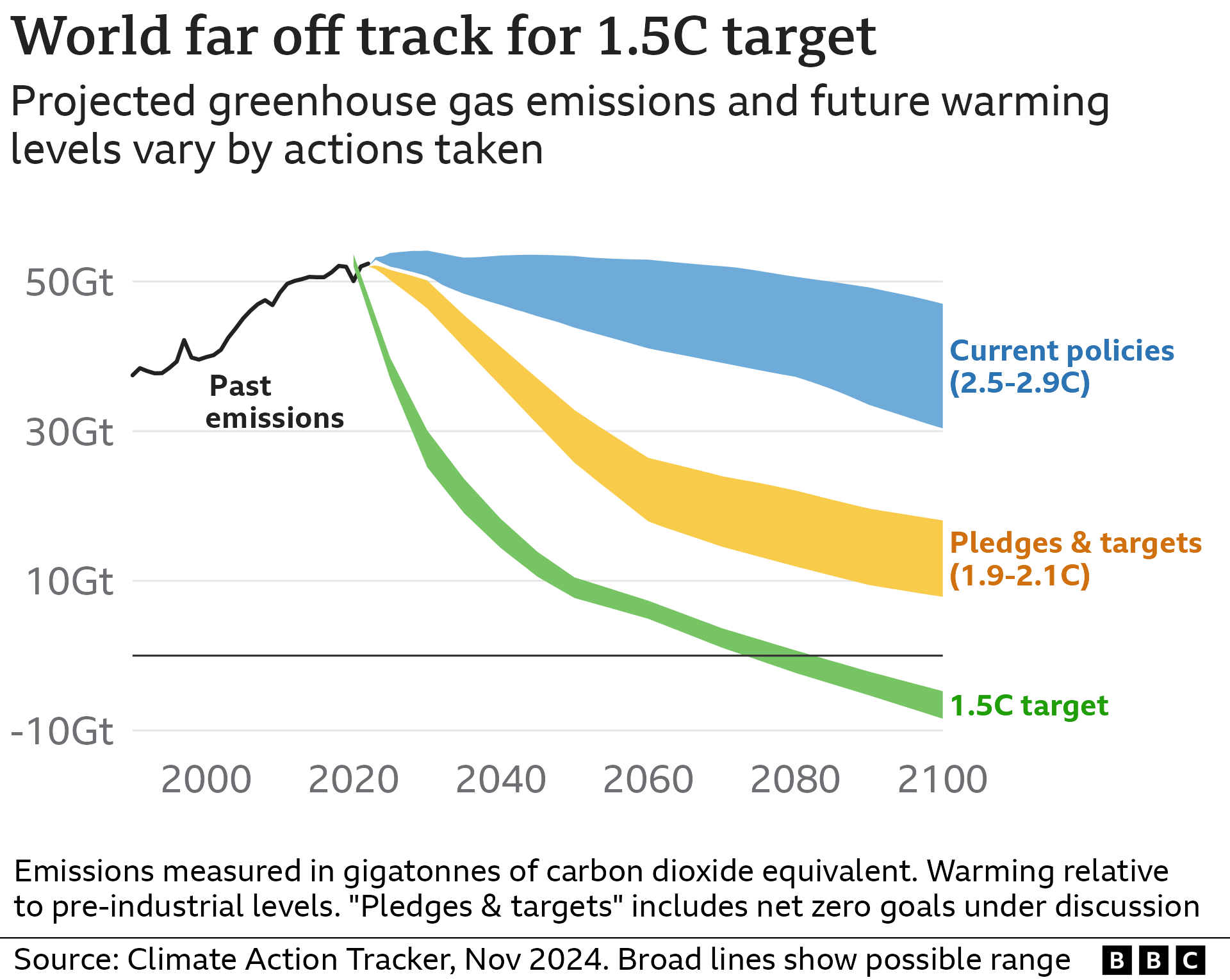
Addressing Inequality: Ensuring No One Is Left Behind
The health impacts of climate change disproportionately affect marginalized communities, including women, children, elderly individuals, and those living in poverty. These populations often lack access to the resources and healthcare they need to adapt to climate change.
As climate change threatens to push millions of people into extreme poverty, it is essential to address the root causes of inequality and ensure that climate action includes support for the most vulnerable. This means prioritizing the needs of at-risk populations in both climate and health policies and committing to reducing systemic inequities.
A Call to Action
The climate crisis is undeniably a health crisis that demands urgent action. From rising heatwaves to the spread of diseases, climate change is already taking a severe toll on public health, and the situation is poised to worsen. However, through coordinated efforts at the international, national, and community levels, we can mitigate these impacts.
By integrating climate action into health policies, strengthening healthcare systems, and ensuring no one is left behind, we can build a healthier and more resilient future for all. It’s time to act now—not only to protect our environment but also to safeguard human health.
With inputs from agencies
Image Source: Multiple agencies
© Copyright 2025. All Rights Reserved Powered by Vygr Media.

